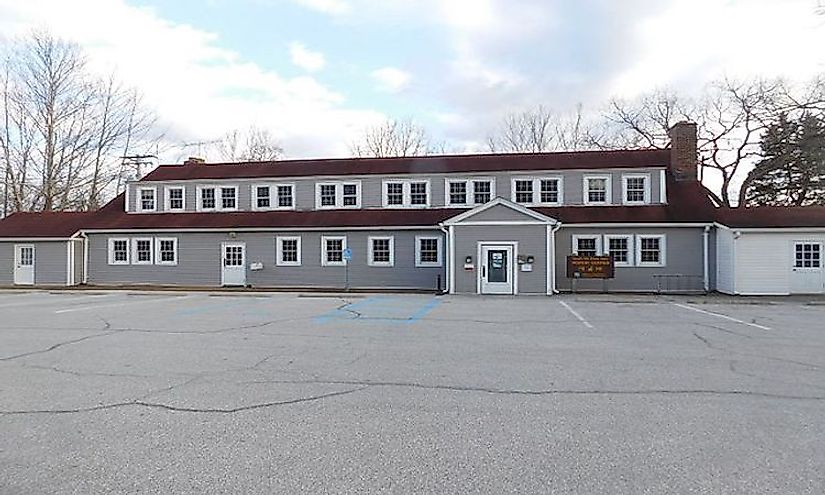The Story of Times Beach, Missouri

17 miles southwest of St. Louis, what was once a popular spot for weekend getaways now sits empty. It's a contrast from the growth that was once experienced in the former vacation town of Times Beach, which at its peak had 2,000 year-round permanent residents. Although it is seldom mentioned, the story of this tiny spot's demise is one of the most staggering examples of environmental disaster in American history.
How Times Beach Came to Be
In 1925, the St. Louis Times set out to improve its circulation through a sales promotion that offered anyone who purchased a lot on the unsettled banks of the Meramec River a complimentary six-month subscription to the newspaper. For the price of $67.50 each, small cottages and resort properties began popping up on the 20 x 100 lots, allowing a small community of weekend vacationers to form. Although the initial plan called for a vacation town, it wasn't long before a small community of predominately working-class families made their permanent home in Times Beach, partially due to the Great Depression rendering second homes impractical.
Waste Oil To Pave Roads
Despite its permanent residents, the small town did not have sufficient funds to pave its dirt roads. Officials were trying to find a way to combat the incessant dust, which was a nuisance to residents. In 1972, town officials implemented a solution. A local waste hauler was hired to spray waste oil on the town’s roads with the aim of gluing the dust to the ground. However, the oil was being acquired through a subcontractor who was also getting rid of waste materials for the Northeastern Pharmaceuticals and Chemical Company. The company was perhaps most well-known for having operated a plant in Verona, Missouri that had supplied Agent Orange herbicide during the Vietnam War. The waste materials from the company contained the carcinogenic material known as dioxin. The spraying continued until 1976, when the US Center for Disease Control was alerted to the widespread and inexplicable deaths of animals, including horses, as well as ailments in humans. Soil tests revealed the presence of dioxin, but the extent of the contamination was yet to be determined.
Evacuation
The Environmental Protection Agency (EPA) responded to pollution concerns on Times Beach by testing its soil. However, right after the completion of the soil tests, Meramec River broke its bank, flooding the town like never before. The flood water further spread toxins across the town and to other areas. The residents were evacuated in the wake of the floods. Once the water levels receded, the inhabitants were looking forward to rebuilding their homes when results from the soil analysis were made public. It was then that the EPA recommended that the town be declared uninhabitable due to high levels of dioxin. The residents who had fled due to the floods were advised not to return while those who had returned were told to evacuate, taking nothing with them. Times Beach town was recognized as a Superfund Site in 1983, in 1985 it was officially disincorporated, and the 2,000 residents were evacuated.
Formation Of The Route 66 State Park
Times Beach town was purchased by the Environmental Protection Agency which proceeded to rid it of the toxic chemicals. By the time the agency was done with the process, $250 million had been spent and nearly 265,000 tons of dioxin-contaminated soil incarcerated. The Route 66 State Park was opened to the public in 1999 at the former site of Times Beach town. The Park enables tourists to view the Meramec River and also engage in recreational activities.











